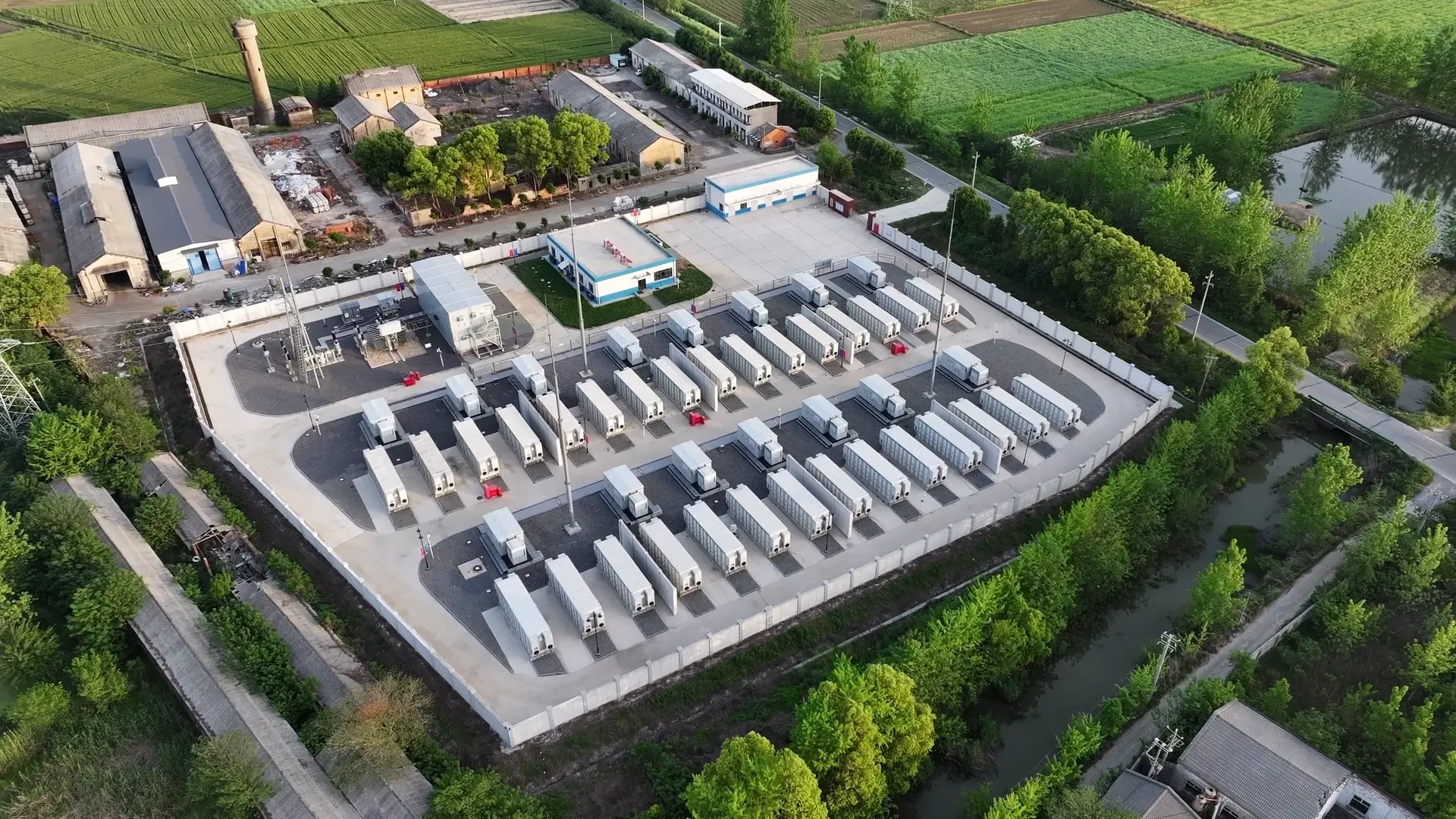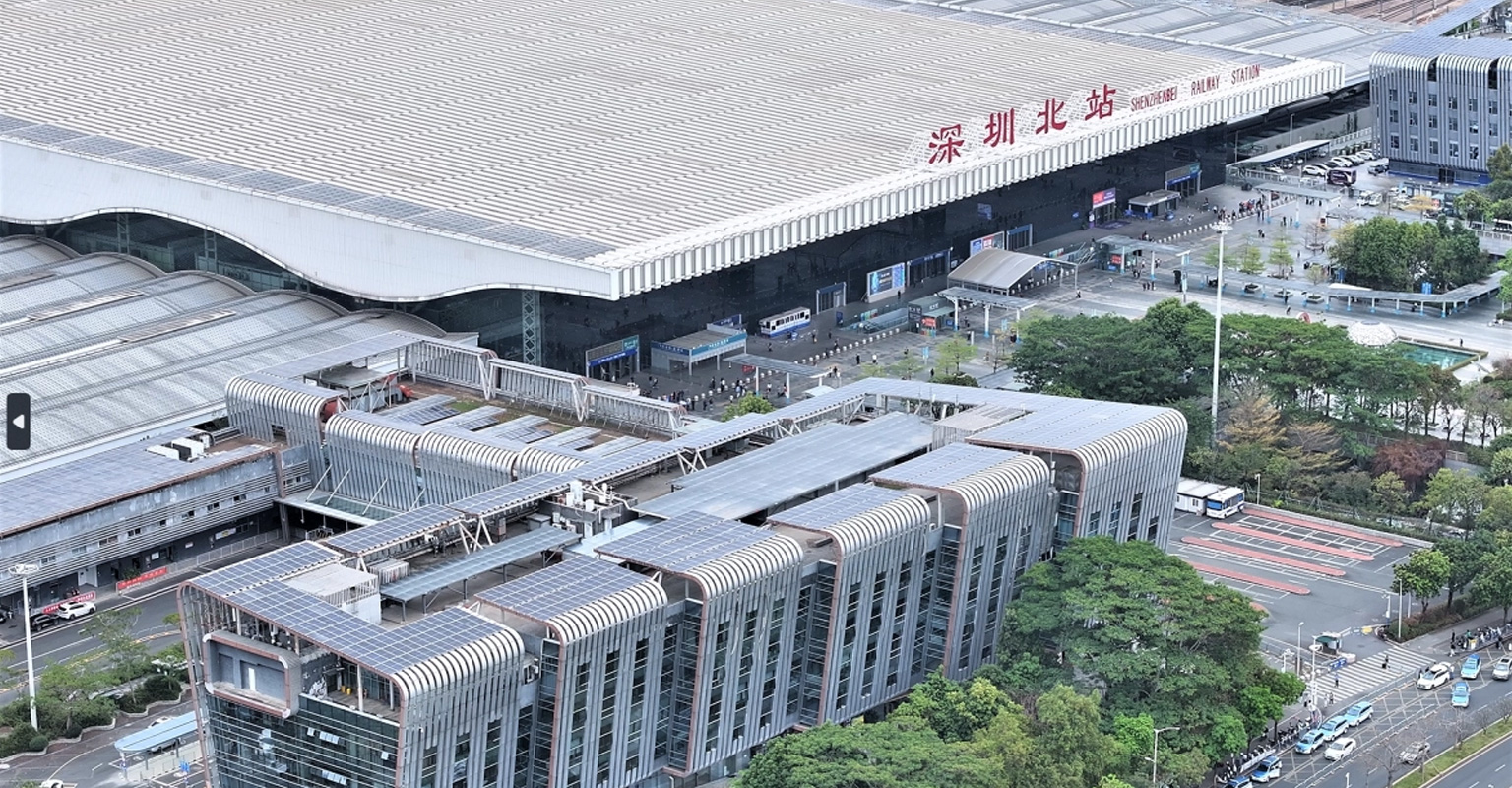Using effective battery replacement strategies helps operators reduce service interruptions, save money, and make batteries last longer. This article explains practical approaches, including planning for battery life, replacing batteries without shutting down the network, and using modular battery systems.
1. Plan for the Entire Battery Lifecycle
The first step in minimizing downtime is understanding the full lifecycle of your batteries. Lifecycle planning ensures operators replace batteries before failure, rather than reacting to unexpected degradation.
Lifecycle Assessment
Assess battery type, chemistry, expected load, environmental conditions, and historical performance data to predict when a battery will reach the end of its useful life.
Predictive Replacement
Schedule replacements in advance based on lifecycle data. This avoids emergency replacements that can disrupt network operations.
Maintenance Alignment
Combine battery replacement with routine inspections and maintenance to reduce labor costs and site visits.
2. Use In-Grid or Parallel Replacement Strategies
Replacing batteries in active telecom sites can be challenging, as power interruptions may affect service. In-grid or parallel replacement strategies allow batteries to be replaced safely while keeping the network online.
Hot-Swap Replacement
New batteries are connected while the old batteries remain operational, ensuring uninterrupted power supply.
Staggered Replacement
For sites with multiple battery strings, replace them in phases to maintain continuous backup power throughout the site.
Backup Support Systems
Use UPS units or temporary secondary batteries to support critical loads during replacement operations.
These strategies prevent downtime and ensure continuous service, even during maintenance or battery replacement. Operators can maintain network reliability while completing necessary upgrades.
3. Leverage Modular Battery Designs
Modern telecom batteries often use modular designs, offering significant advantages for replacement and maintenance.
Scalable Capacity
Operators can add or replace individual modules rather than the entire battery system, tailoring capacity to current and future needs.
Simplified Installation
Smaller, lighter modules are easier to transport and install, reducing labor requirements and site preparation.
Cost Efficiency
Only aging or faulty modules need replacement, lowering capital expenditures (CAPEX) and operational costs.
Faster Deployment
Modular systems shorten replacement times, reducing risk of downtime and minimizing disruption to critical services.
Modular telecom batteries streamline replacement procedures, improve safety, and reduce both time and costs associated with maintenance. This design is especially valuable for large telecom networks with multiple distributed sites.
Best Practices for Telecom Operators
To keep networks running smoothly and reduce costs during battery replacement, operators can follow these best practices:
1. Maintain a Battery Inventory and Replacement Schedule
Keep a clear record of all battery types, installation dates, and expected end-of-life. This helps plan replacements in advance and avoids unexpected downtime.
2. Use Parallel or Hot-Swap Procedures for Critical Sites
When replacing batteries at important sites, keep the old batteries connected while installing new ones. This ensures backup power stays available and prevents service interruptions.
3. Prioritize Modular Battery Systems
Choose modular batteries when possible. Replacing individual modules instead of the whole system saves time, reduces labor, and keeps backup power online during maintenance.
4. Train Staff on Safe Replacement Procedures
Make sure personnel know how to handle, install, and remove batteries safely. Proper training prevents accidents and protects both staff and equipment.
5. Monitor Battery Health Continuously
Use a Battery Management System (BMS) to track each battery’s state-of-charge, state-of-health, and temperature. This allows operators to replace batteries before problems occur, avoiding failures and downtime.
Conclusion
Effective battery replacement is essential for maintaining reliable telecom networks while controlling costs. By planning for the battery lifecycle, implementing in-grid or parallel replacement strategies, and leveraging modular designs, operators can reduce downtime, lower maintenance expenses, and ensure continuous network operation.
To explore advanced telecom battery solutions designed for easy replacement, long service life, and reliable performance, check out our certified products today.




























 2025-09-18
2025-09-18 Name
Name Tel
Tel Email
Email Country
Country Company
Company Information
Information